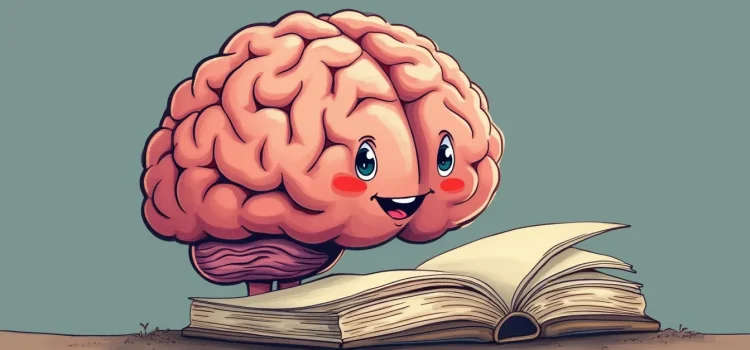What happens in our brains when we read? How did humans develop the ability to transform marks on a page into meaning and understanding? Maryanne Wolf’s Proust and the Squid: The Story and Science of the Reading Brain explores the evolution of reading from ancient civilizations to our digital present. Wolf reveals how the brain adapts to this invented skill, reshaping pathways as we learn to connect symbols with sounds and meanings. Continue reading for an overview of this book that will make you look at a basic skill with new eyes.
Maryanne Wolf’s Proust and the Squid: Book Overview










